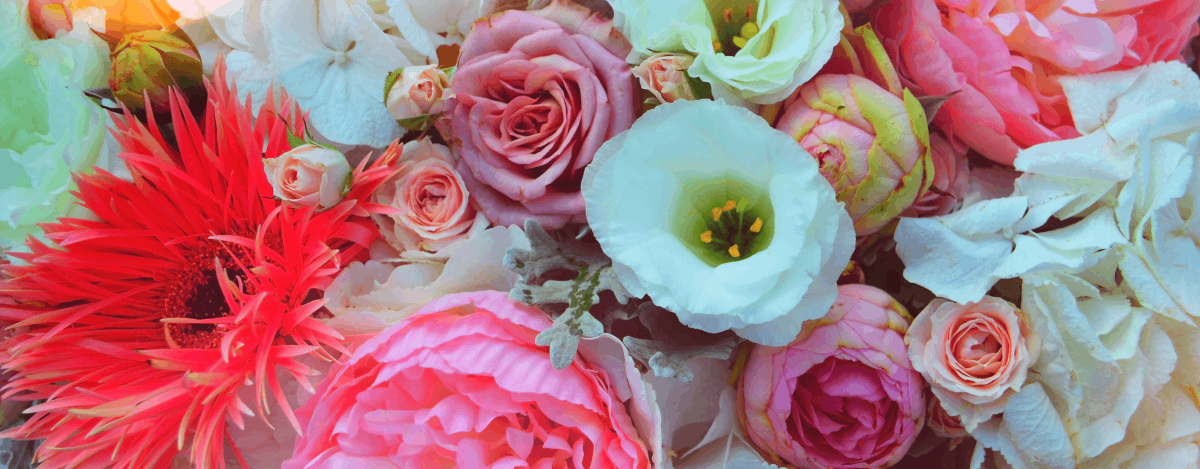Introduction:
In the rapidly evolving landscape of technology, Artificial Intelligence (AI) has transcended its utilitarian origins, making its mark in the realm of creativity. One fascinating domain where AI showcases its prowess is in the creation of pictures. This marriage of technology and art has given rise to a new era, redefining traditional notions of artistic expression and challenging our perceptions of creativity.
AI-Powered Generative Art:
Generative art, driven by AI algorithms, has emerged as a groundbreaking AI 圖片 form of expression. Artists and technologists collaborate to develop algorithms that produce mesmerizing visual pieces. One notable example is the use of Generative Adversarial Networks (GANs), where two neural networks work in tandem—one generates images, and the other evaluates their authenticity. Through this iterative process, AI systems create original, often surreal, and thought-provoking visuals.
AI-Enhanced Photography:
AI has revolutionized the field of photography by introducing tools that enhance and transform images. Deep learning algorithms can now automatically adjust lighting, color balance, and composition, offering photographers powerful tools for post-processing. Additionally, AI-powered image recognition facilitates the identification of elements within a photograph, allowing for more efficient categorization and organization of visual content.
Style Transfer and Neural Art:
Another captivating facet of AI pictures lies in the realm of style transfer and neural art. These techniques involve the application of artistic styles from one image to another, creating unique and imaginative compositions. Artists can blend different visual elements, turning mundane photographs into captivating works of art. Neural art applications, such as DeepDream, employ convolutional neural networks to interpret and modify images in surreal and dreamlike ways, showcasing the fusion of technology and imagination.
AI in Animation and Virtual Worlds:
Artificial intelligence extends its influence beyond still images into the dynamic realm of animation and virtual environments. AI algorithms can generate realistic animations, simulate natural movements, and even create entire virtual worlds. This convergence of AI and visual storytelling opens up new possibilities for filmmakers, game developers, and digital artists, pushing the boundaries of what is visually conceivable.
Ethical Considerations:
As AI becomes increasingly embedded in the creation of pictures, ethical considerations come to the forefront. Issues related to copyright, authenticity, and the potential for misuse raise important questions about the role of AI in the creative process. Striking a balance between human ingenuity and AI assistance is crucial to ensure that these technological advancements serve as tools for inspiration rather than replace human creativity.

